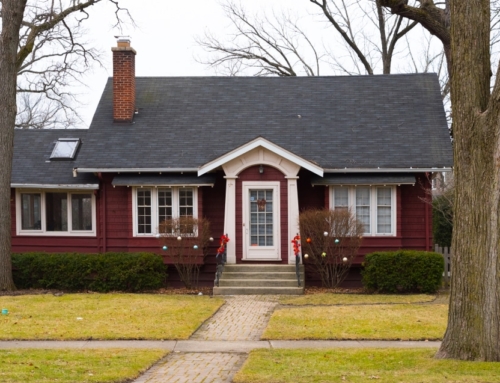What is a good salary? The answer is surprising. The quality of life you can have on a certain salary varies drastically from city to city.
A recent study by GOBankingRates looked at just how far a $100,000 annual salary goes in major cities across the country. Basic expenses, such as housing, utilities, groceries, transportation, healthcare and taxes were factored into the calculations.
Here’s what the salary study found: An individual earning a $100,000 salary could have more than $35,000 left over after living expenses were paid in some cities, while in others, a $100,000 annual income isn’t even enough to cover everyday costs.
Cities Where $100,000 is a Good Salary
Here’s how the top 5 cities ranked (and why):
- In Memphis, TN, $100,000 a year is a great salary. Earners have nearly half their yearly income left over ($46,093 to be exact), thanks to extremely low rent and no state income tax.
- El Paso, TX isn’t far behind with $44,185 left over after living expenses due to the city having the lowest grocery costs by far of any large city and no state income tax.
- One hundred thousand dollars is also a good salary in Detroit where utility costs are higher-than-average, but the average rents are some of the lowest in the nation leaving earners with $41,549 after basic expenses are paid.
- Cleveland and Tulsa, OK, round out the top five major cities where a $100,000 goes the furthest. Overall, the basic expenses in these two cities are affordable and earners can expect to have roughly $40,000 leftover after regular bills are paid.
The rest of the top ten cities where your $100,000 salary goes the farthest includes:
- San Antonio ($39,350 left over)
- Jacksonville, FL ($39,233 left over)
- Louisville, KY ($39,184 left over)
- Houston, TX ($39,060 left over)
- Las Vegas ($38,920 left over)
In other cities like Albuquerque, NM, Dallas, Baltimore, Columbus, OH, Indianapolis, Phoenix and Mesa, AZ, $100,000 salary earners will have well over $35,000 left over after paying basic living expenses.
Is $100,000 Still a Good Income in These Cities? Maybe not.
A salary of $100,000 is a good income in the U.S. when we consider that it’s $40,000 over the real median household income of $59,039 reported by the U.S. Census Bureau. In San Francisco, however, a salary of $100,000 isn’t enough to cover everyday expenses, with a shortfall of $2,734 to be precise. San Francisco has the highest average rents and third-highest grocery costs on the list.
California dominates the bottom five cities when it comes to how much cash you’ll have in your pocket on your $100,000 salary, primarily due to high state income taxes, rents and driving costs. San Jose comes in second to last with only $1,800 left over at the end of the year. Oakland is in third with $8,448 left over, Los Angeles is in fourth with $9,689 after expenses are paid and San Diego closes the bottom five with $13,077 to work with after bills are paid.
The rest of the bottom 10 includes:
- Washington ($13,904 left over)
- Long Beach, CA ($15,663 left over)
- Boston ($17,311 left over)
- Seattle ($22,019 left over)
- Portland, OR ($22,747 left over)
In other cities like New York, Minneapolis, Denver and Sacramento where income left over after expenses is well under $30,000, it’s also worth questioning if $100,000 is really a good salary.
So, What Is a Good Salary?
It’s clear that what qualifies as a good salary depends on where you live. When you’re career planning consider the salary you plan to earn and research living expenses in the area you intend to live in (if it’s not on this list from GOBankingRates, of course). Then you’ll have some insight on how far that salary will go in that area and can adjust accordingly to reach your desired quality of life.
More on Salary and Career:
Three Essential Lessons for Entrepreneurs
What if Your Dream Job Doesn’t Offer a 401(k)?
Retirement Tips for the Self Employed
‘$idehusl:’ Q&A with Financial Columnist Kathy Kristof
When Can I Retire? How to Know When to Quit Working







Your Tribune column on Sunday May 19. I lived in Wilmette in the early 90s and a neighbor across the street had a tree that fell on the garage next door. The garage owner made a claim under his homeowner’s policy and State Farm told him to have the owner of the tree to contact his insurer. That company referred the claim back to the garage owner. State Farm insured both parties. I worked in the insurance business for over 20 years and I saw a lot of these stunts by insurance companies pulled on small policy holders. The important customers get much better claims coverage.